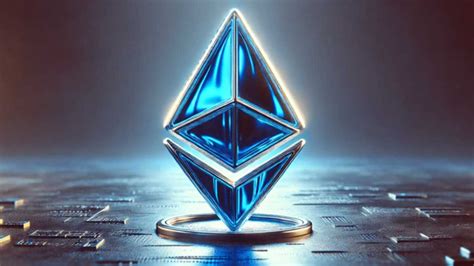The Role Of Ethereum Classic (ETC) In Blockchain History
Ethereum classic (etc.) role in blockchain history
In Blockchain Technology Kingdom, few cryptocurrencies attracted the same attention and debates as Ethereum Classic (etc.). Although his predecessor, Ethhereum (ETH), was an important factor in the design of the decentralized world known today, etc. Traveling to visibility indicates the complexities and challenges needed to build a viable blockchain.
Ethereum to rise to visibility
In 2015, the Ethereum (ETH) network was launched by Ethereum founder Vitalik Buter. Ethereum’s original idea was to create a decentralized platform that allows users to build and introduce their own application without trusting the central authorities. This concept echoed with developers and investors, leading to the rapid flow of new projects and initiatives.
As more and more projects have been built on Ethereum, it has become clear that the architecture behind the network is subject to fragile and scaling issues. In response, Butter and his team made a hard fork in February 2016, which divided the Ethereum network into two separate chains: ETEREUM CLASSIC (etc.) and ETEREUM ENTERPRISE EDITION (EE). By creating a new consensus algorithm, the hard villa sought to respond to these scalability problems, which would allow faster and more effective processing of events.
etc. Ecosystem
Ethereum Classic originally considered Ethereum as an alternative to its own rules, intelligent contracts and decentralized applications. Although he did not get the same attractiveness as Ethereum when he started, etc. He handed over the owned gap in the blockchain community.
One of the most important factors that influenced the success of the ETC is the active support of the strong developer community and the assistants. Unlike Ethereum, who was criticized for administrative practices and centralized decision -making, etc. Due to its absence, the decentralized approach held a decentralized approach to developing the most intelligent contracts (the same programming language used by Ethereum).
In addition, focusing on scalability solutions has made it possible to attract developers who are looking for alternative opportunities to make scalable applications. The network also facilitated the use of web3 standards and decentralized technologies.
Challenges and disputes

Despite the progress, etc. It was not contradictory. One of the primary challenges of the network is the lack of clear consensus mechanism. Unlike Ethereum, which is a work certificate (POW) or certificate (POS), etc.
This led to the sharing of resources and decision -making processes to community disagreements. Some have claimed that the lack of a clear consensus mechanism makes it difficult to build developers’ construction applications, while others believe that this approach allows for better decentralization and autonomy.
Another main challenge, etc. It depends on gas filling. As the popularity of the network increases as well as events related to events. This has led to concerns about the durability of the network, especially during high demand or congestion.
Conclusion
In summary, Ethereum Classic (etc.) has played a key role in planning the landscape. From the beginning of the start of humble, the alternative to Ethereum is scalable applications, etc. His current position, etc., showed significant flexibility and adaptability.
As the Blockchain community develops and remains mature, it is clear that etc. This new world of decentralized data processing remains important.

Leave a Reply
Want to join the discussion?Feel free to contribute!